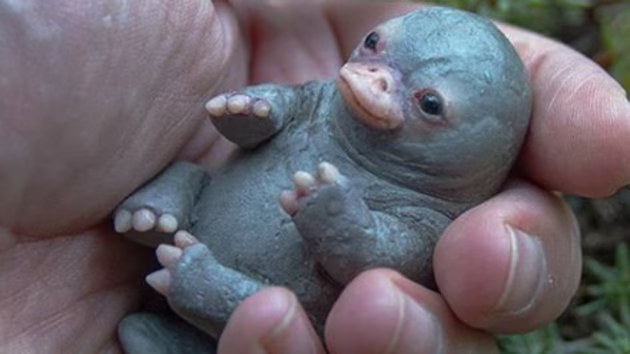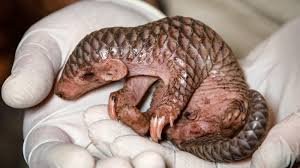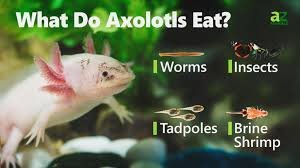
baby ducklings
What Are Baby Ducklings?
Baby ducklings are the young offspring of ducks, usually covered in fluffy down feathers and known for their endearing waddle and chirps. These small, web-footed birds are highly mobile from the moment they hatch, and their bond with their mother is essential to their survival. Ducklings are precocial, which means they are born with their eyes open, a full coat of down, and the ability to walk and swim almost immediately.
They are not only cute but also provide a fascinating look into the early development of waterfowl. From hatching to fledging, ducklings undergo rapid growth and face numerous challenges, making their early days both beautiful and critical.
The Life Cycle of a Duck
To understand baby ducklings, it’s important to know the life cycle of a duck. It consists of several stages:
- Egg – A female duck (hen) lays a clutch of eggs, often ranging from 6 to 15, in a hidden nest.
- Incubation – The mother incubates the eggs for about 26 to 30 days, depending on the species.
- Hatching – Ducklings hatch using an egg tooth to break out of the shell.
- Duckling stage – This lasts 6 to 8 weeks, during which ducklings grow feathers and learn essential survival behaviors.
- Fledgling to adult – As they develop flight feathers, ducklings become juveniles and then mature ducks.
This cycle highlights the duckling’s transformation from a vulnerable baby to an independent adult capable of migration and breeding.
Appearance and Behavior of Ducklings
Ducklings are known for their yellow, brown, or mixed soft down feathers. Some breeds, like Mallards, have ducklings with yellow bellies and darker backs. These colors help them blend into natural surroundings and avoid predators.
From the moment they hatch, ducklings exhibit several unique behaviors:
- Following their mother in a line (imprinting)
- Peeping sounds to communicate distress or location
- Dabbling in water or mimicking adult feeding motions
- Huddling together for warmth
This combination of independence and dependence makes them incredibly interesting to observe.
Imprinting and Bonding
One of the most fascinating aspects of duckling development is imprinting. Within hours of hatching, a duckling forms a strong bond with the first moving object it sees — usually the mother duck. This ensures the duckling follows and learns from its parent, which is crucial for survival.
In cases where a mother is absent, ducklings may imprint on humans, animals, or even objects. While this may seem cute, it can be harmful to the duckling’s long-term survival, as they miss out on learning species-specific behavior.
Swimming and Water Safety
Although ducklings are born with the instinct to swim, they are not fully waterproof in their early days. In the wild, a mother duck produces oils that help coat her ducklings when they huddle under her. This oil coating improves their buoyancy and insulation.
Without this protection, ducklings raised by humans can:
- Get cold quickly
- Become waterlogged
- Drown in deep or cold water
It’s important to supervise swimming time for domestically raised ducklings and provide warm, shallow water for short periods only.
Diet and Nutrition for Ducklings
The diet of baby ducklings differs from that of adult ducks. In the wild, ducklings feed on:
- Insects
- Worms
- Small aquatic organisms
- Algae
Domestically raised ducklings should be given starter crumble that’s formulated specifically for waterfowl or non-medicated chick starter with added niacin (Vitamin B3), which is essential for proper leg development.
Without enough niacin, ducklings may suffer from:
- Weak legs
- Lameness
- Poor growth
Supplementation with brewer’s yeast or niacin tablets in water is a common and safe practice for healthy development.
Protection from Predators
In the wild, ducklings are vulnerable to many predators such as:
Mother ducks are incredibly vigilant and will lead their ducklings away from threats using alarm calls or distraction tactics. Domesticated ducklings should be kept in secure, predator-proof enclosures, especially at night.
Housing and Brooding Setup
For domestically raised ducklings, proper housing is essential. A good brooder should have:
- A heat source like a heat lamp or heating plate
- Non-slip bedding (not newspaper) like straw or paper towels
- Clean, shallow water dishes that can’t be tipped over
- A safe space free from drafts and sharp edges
Maintain the temperature at around 90°F (32°C) for the first week and reduce it by 5°F each week until fully feathered.
Development Milestones
During their first weeks, ducklings experience rapid development. Key milestones include:
- Week 1–2: Begin dabbling in water, growing stronger legs
- Week 3–4: Feathers start to appear; more confident walking
- Week 5–6: Start flapping wings, trying to preen
- Week 6–8: Fully feathered and may begin short flights (depending on breed)
Watching these changes is both exciting and educational, especially for those raising ducks at home or in schools.
Educational and Emotional Value
Ducklings are frequently used in classroom hatching projects or on educational farms to teach children about:
- Life cycles
- Responsibility
- Compassion for animals
However, it’s important that such programs include proper care plans after hatching. Abandoning ducklings after a project can cause suffering or death.
Ethical programs should have:
- Pre-arranged homes or farms
- Full care plans beyond hatching
- Educational material that respects animal welfare
Breeds That Make Good Pets
If you’re considering raising ducklings at home, some breeds are more beginner-friendly than others. These include:
- Pekin – Fast-growing, friendly, and common for meat or pets
- Khaki Campbell – Excellent egg layers and good temperaments
- Rouen – Calm and large, similar in looks to Mallards
- Call Ducks – Small, friendly, and great for families
Always research the adult size, noise level, and care requirements before choosing a breed.
Common Health Concerns
Ducklings are susceptible to a few specific health issues, including:
- Angel wing – A wing deformity caused by improper diet (too much protein)
- Respiratory infections from damp bedding or cold drafts
- Niacin deficiency from improper feed
- Parasites or fungal infections in dirty water
Clean housing, balanced nutrition, and close observation can prevent most problems.
Conclusion
Baby ducklings are not only adorable but also fascinating creatures that offer deep insight into natural development, behavior, and survival. Whether seen following their mother through a pond or being raised in a backyard brooder, ducklings capture hearts with their fluff and charm. However, they also require dedicated care, proper nutrition, and protection — both in the wild and under human care.
Understanding their needs from hatch to fledging ensures healthy, happy ducks — and a rewarding experience for anyone lucky enough to raise them.






